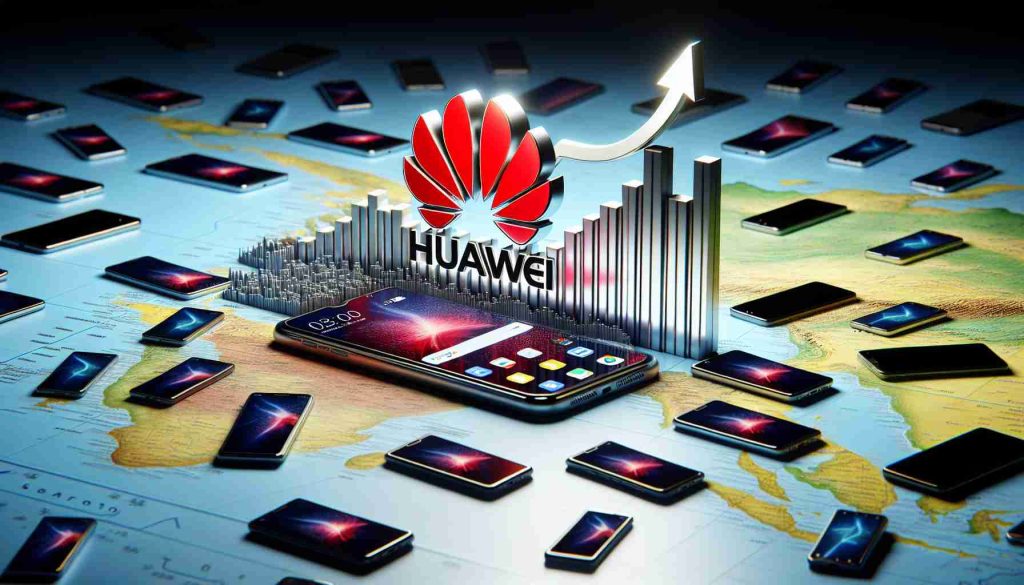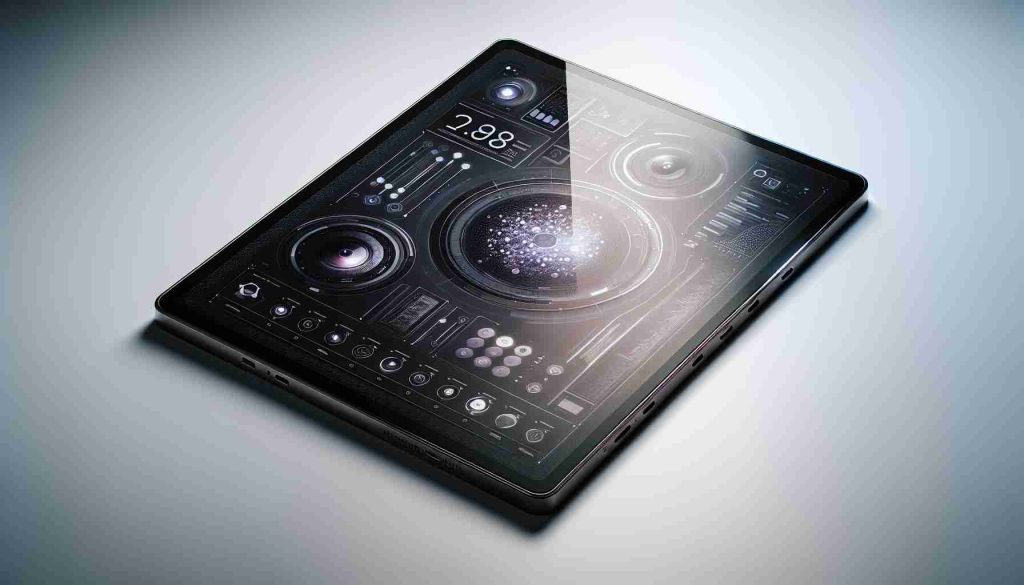Protecting Device Access
Owners of Motorola smartphones can now utilize advanced features and settings designed to safeguard their devices from external threats. Ensuring data protection, confidentiality, and preventing unauthorized access are paramount in securing personal information.
Advanced Biometric Authentication Methods:
– A fingerprint scanner offers secure and swift device unlocking.
– Facial recognition technology allows for effortless phone access using sophisticated algorithms even in low-light conditions.
Traditional Security Methods:
Utilizing PIN codes, passwords, and graphic keys serve as fundamental yet crucial protection tools. Motorola enables the establishment of intricate passwords and PIN codes as an effective barrier against unauthorized access.
Additional Security Settings:
– Automated locking: Users can set automatic device locking after a specified time, providing additional protection in case of phone loss or theft.
– App protection: The capability to block access to specific apps using biometric data or passwords offers an added layer of privacy and security.
Data Encryption and Privacy Assurance
In light of escalating cyber threats, the significance of data encryption and ensuring privacy cannot be overstated. Motorola smartphones feature:
– On-device data encryption in most modern models automatically safeguarding all stored information, ensuring unauthorized individuals cannot read data without the decryption key.
– For added security, users can install additional software offering specialized solutions for encrypting files, folders, and messages.
Privacy Protection
Motorola enables users to finely tune privacy levels, including permissions for camera, microphone, location, and personal files access. This empowers users to control which apps have access to their personal data.
It remains crucial to prioritize preventive measures over handling threat consequences. Each user should focus on securing their device, actively employing available protective measures, and staying updated on cybersecurity practices. By adhering to these principles, Motorola smartphones will not only serve as reliable communication tools but also as secure havens for vital personal information.
Enhancing Mobile Security with State-of-the-Art Technology Innovations
In the realm of mobile security, there are emerging technologies and features that go beyond traditional measures to fortify the protection of personal data on smartphones. While the previous article highlighted valuable security enhancements for Motorola devices, there are additional cutting-edge advancements in the field that warrant discussion.
Key Questions and Answers:
1. What role do Artificial Intelligence (AI) and Machine Learning play in mobile security?
– AI and Machine Learning algorithms are increasingly utilized to detect and respond to potential security threats in real-time, providing proactive defense mechanisms for mobile devices.
2. How important is Multi-Factor Authentication (MFA) in enhancing mobile security?
– MFA, which combines multiple authentication factors such as biometrics, PIN codes, and one-time passwords, offers an extra layer of security to thwart unauthorized access attempts.
3. What are the implications of Bring Your Own Device (BYOD) policies on mobile security?
– BYOD policies present a challenge in maintaining security standards across diverse devices and platforms, necessitating robust security protocols and management tools to mitigate risks.
Advantages and Disadvantages:
Enhancing mobile security with cutting-edge technology features brings a myriad of benefits, including:
– Improved protection against sophisticated cyber threats.
– Seamless user experience with advanced authentication methods.
– Enhanced data privacy controls and encryption capabilities.
However, challenges and controversies may arise, such as:
– Compatibility issues with legacy applications and systems.
– Balancing security measures with user convenience.
– Concerns over the potential vulnerabilities of interconnected devices in the Internet of Things (IoT) ecosystem.
In navigating these complexities, mobile users and organizations must strike a delicate balance between security and usability to foster a secure mobile environment without compromising user experience.
Further Reading:
For more insights on mobile security trends and best practices, explore the latest resources and updates on TechRadar, a reputable technology news source that covers cutting-edge innovations in the digital landscape.
By embracing the latest advancements in mobile security technology and staying informed about evolving threats, individuals can fortify their devices against malicious actors and safeguard their valuable personal information effectively.


















